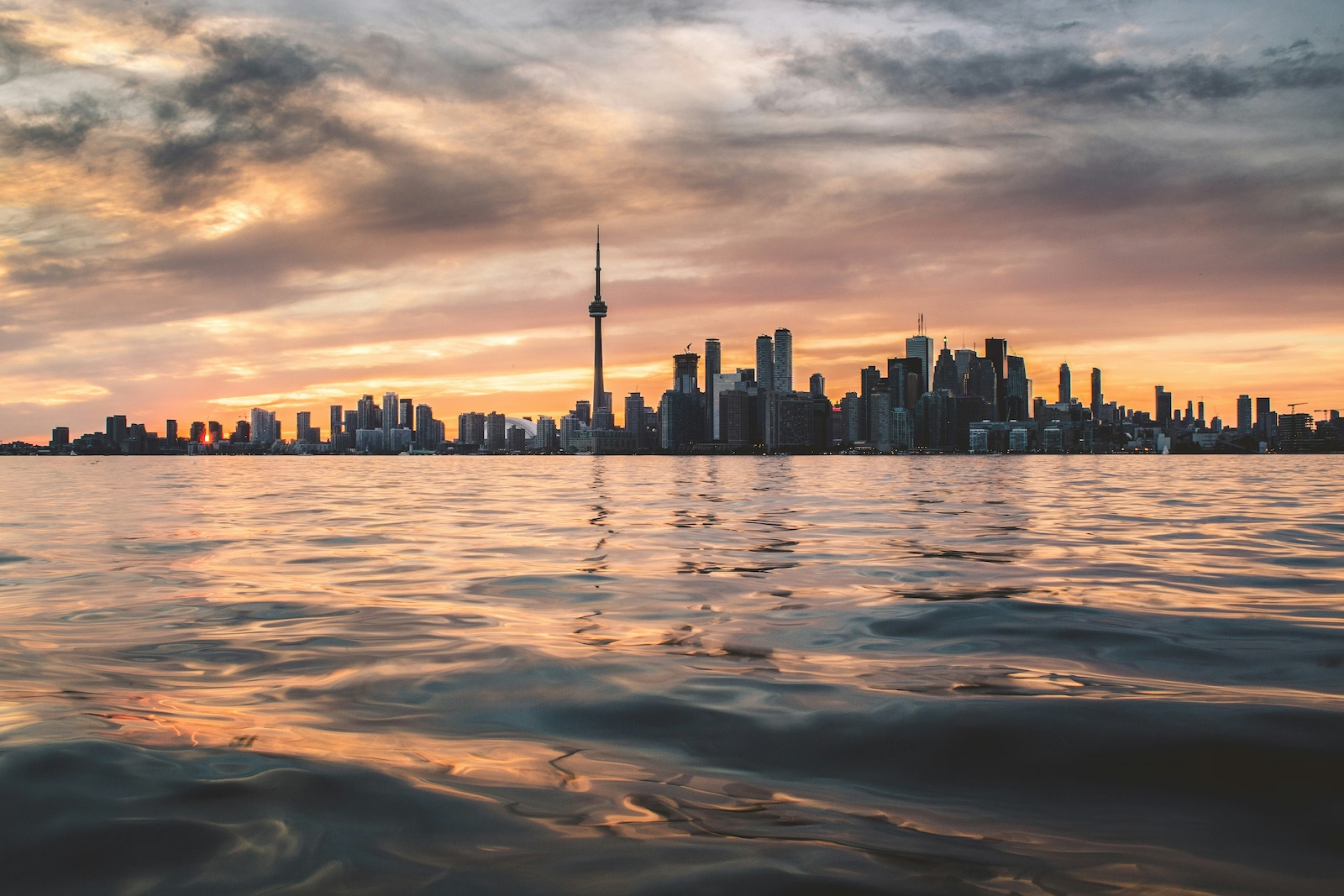Nestled in the heart of Central Asia is Uzbekistan, a country rooted in its historical past. Once the face of Amir Timur’s Empire and a key component of the Soviet Union’s cotton trade, Uzbekistan has since fallen into obscurity in the eyes of most people. But its memory still lingers in the Silk Road cities characterised by their classic blue Islamic architecture, making a trip to Uzbekistan feel like travelling into a different century altogether.
With flights being expensive and trains cheap, the road network is the primary mode of public transportation in this country. Whilst you can buy your ticket for the Afrosiyob train upfront from the station, it can also be bought in advance through your hotel. Equally, if you book onto an Uzbekistan tour such as the ones offered by Wild Frontiers Travel, then your tickets are included in the itinerary. Or you could even try something a little more glamorous: the Orient Silk Road Express! Based in Uzbekistan’s modern capital Tashkent, this fifteen-day round trip immerses you into an ‘Arabian Nights’ adventure for around €2,300 per person.
Tashkent

Hosting over 2 and a half million people, Tashkent is Uzbekistan’s largest region and Central Asia’s most populous city. Despite suffering a devastating earthquake in 1966, Tashkent has rebuilt itself into a metropolis where modern architecture and greenery meet in the middle. All of the city’s contradictions come together here: from the brutalist Hotel Uzbekistan, to the awe-inspiring artistry inside the city’s underground stations.
Tashkent feels fresh, not least because the city has its own equivalent of Disneyland: the fairytale Magic City Park. But beneath this shiny surface, there are centuries-old monuments that are just as deserving of your time: such as the Kukeldash Madrasah and the Hazrati Imam complex.
This city may feel eclectic, but the variety it offers is what gives the city that special touch. Connected to its past but looking toward its future, Uzbekistan’s capital is just getting started.
Planning a trip? Skratch has partnered with Sherpa to offer simple, trusted visa applications. Get your Uzbekistan eVisa here.

Samarkand

The ‘Crossroad of Cultures’, Samarkand is most famous for its essential role in the Silk Routes trade between the Mediterranean and Indochina. Despite being one of the oldest continuously inhabited cities in the world, Samarkand has withstood the test of time. No longer an Imperial powerhouse, Samarkand today can best be described as a walking museum — given that the entire city is an UNESCO World Heritage Site.
No sight embodies this feeling better than the Registan Square. Considered to be the crown jewel of Uzbekistan, this attraction is widely coveted for its incredibly detailed geometric illustrations that stun visitors day and night. But during the Timurid Empire, the Registan Square bustled with a different kind of life: as it hosted all kinds of events — from bazaars and royal proclamations, to public executions!
Life and death go hand-in-hand here, as the city is home to sacred tombs that are also adorned with elaborate patterns. Most notable of these would be the Gur-e-Amir Mausoleum: Timur’s final resting place engraved with a warning to those who wish to open his crypt.
It is almost ironic then that Samarkand became the setting of 1001 nights in which Scheherazade used the gift of storytelling to keep herself alive. Inspired by the wonders ancient Samarkand beheld, it can be said that this city’s beauty inspired one of the greatest stories of all time.

Bukhara

The holiest city in all of Central Asia, Bukhara has always placed high value on pragmatism and spirituality in its two and a half thousand years of existence. Once attracting students and scholars from everywhere in the Muslim world, Bukhara’s hotspot history is reflected in the sheer amount of mosques and shrines found in the city. And as a stop on the Silk Road, it is fair to say that this ancient exchange of artisan goods and ideas made Bukhara an enriching destination — even to this day.
Its UNESCO-protected historic centre is so mesmerising that you will want to spend at least two days looking around. Fortunately, Bukhara’s compact size makes navigating the city at your own pace an easy option. With that said, there are several tours available that show you the best this stunning destination has to offer. From a day spent in the Old City to visiting the 7 Saints of Bukhara, these trips provide you with expert knowledge and admirable Uzbek hospitality.

Khiva

The smallest of Uzbekistan’s Silk Road cities, Khiva is like a sandcastle come to life. Enclosed by ancient walls, it is unbelievable how well-preserved Khiva’s architecture is. In 1990, it not only joined the UNESCO World Heritage ranks, but became the first destination in Central Asia to do so.
Primarily built out of clay and bricks, Khiva may remind Star Wars fans of Tatooine. Whilst a blockbuster has yet to be filmed here (but here’s to hoping that may change), Khiva’s unique charm makes for photos that are out of this world. There are the turquoise tiles of the Kalta Minor Minaret; a sight that can be seen from almost anywhere from the city. Even higher is the Islam Khoja minaret, reaching a whopping height of 44 metres. Although it was built fairly recently, it is contented as Khiva’s symbol; and is now accessible for those athletic enough to climb its treacherous stairs!
Khiva’s most impressive sights can be found on the ground, though. The Juma mosque has a forest-like effect as you step in between the wooden pillars, some of which date back to the 10th century. As well as visiting Khiva’s sacred sites, one of this city’s selling points is the former palaces: especially the Tash Khauli.
Hardly changed over history, the past lingers on in Khiva just as it does in the rest of the cities. The Silk Road’s beaten track days may be behind this country; but with plenty of heritage tourism attractions each worth exploring, Uzbekistan’s future is looking bright.


.avif)





.avif)
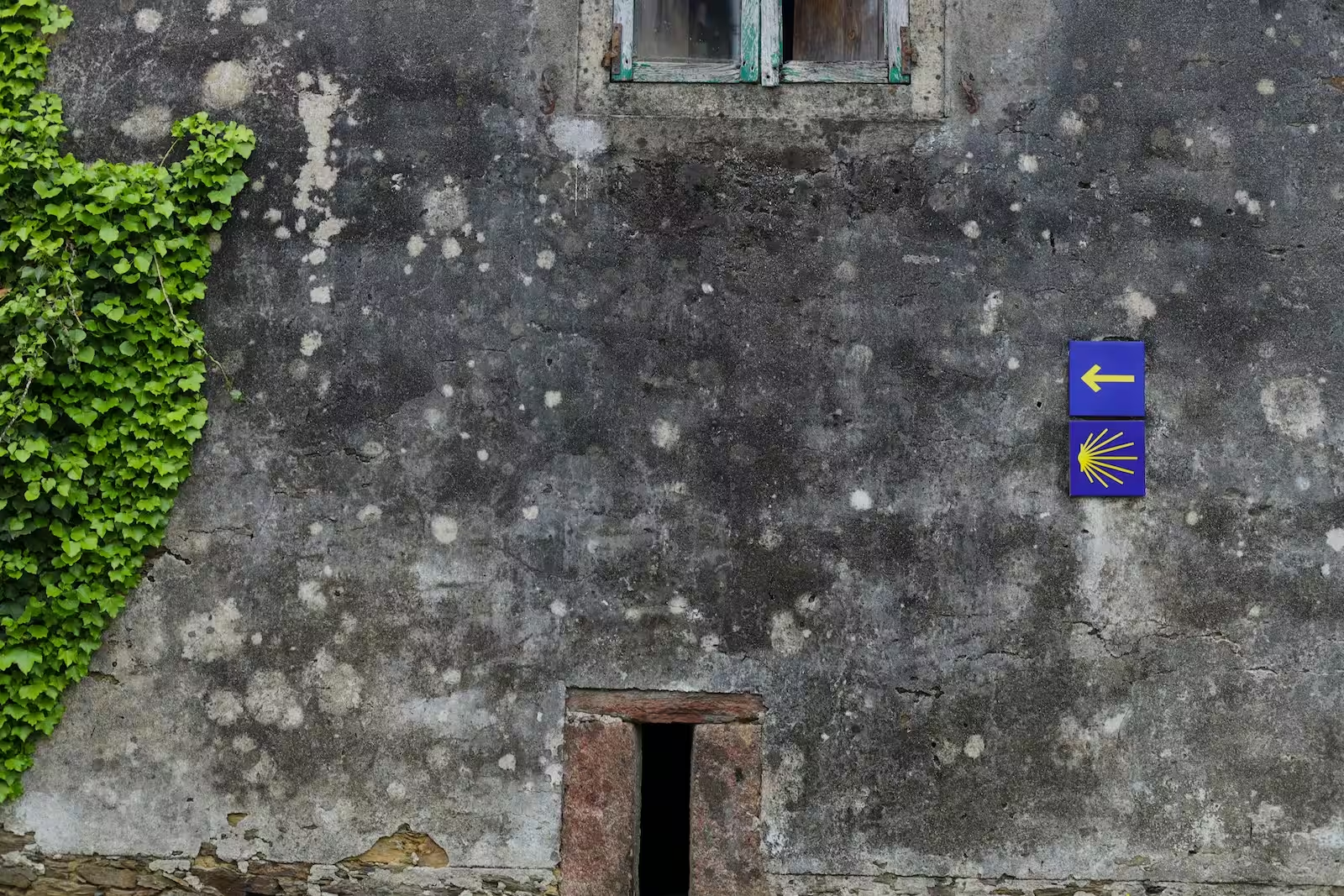
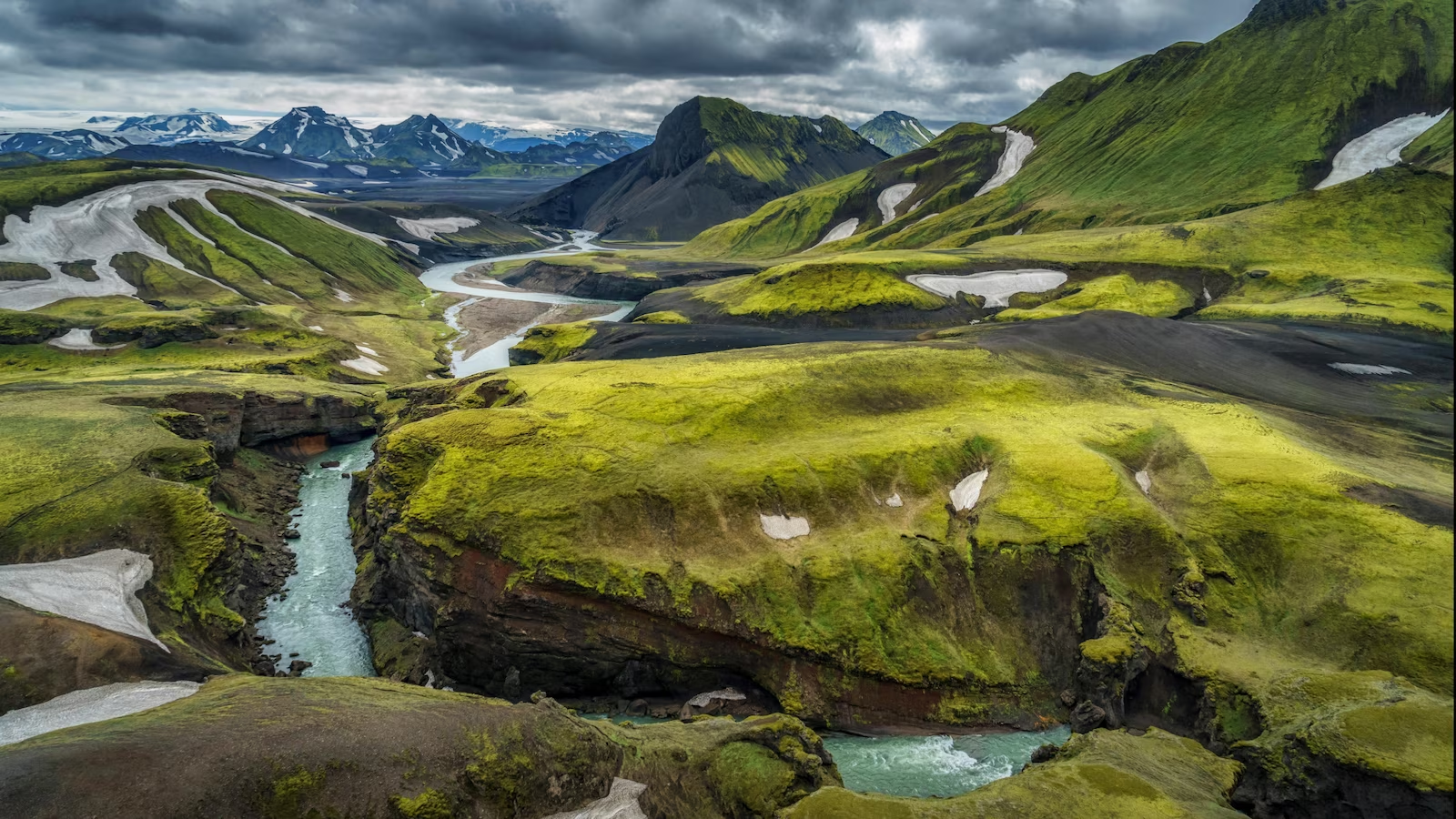


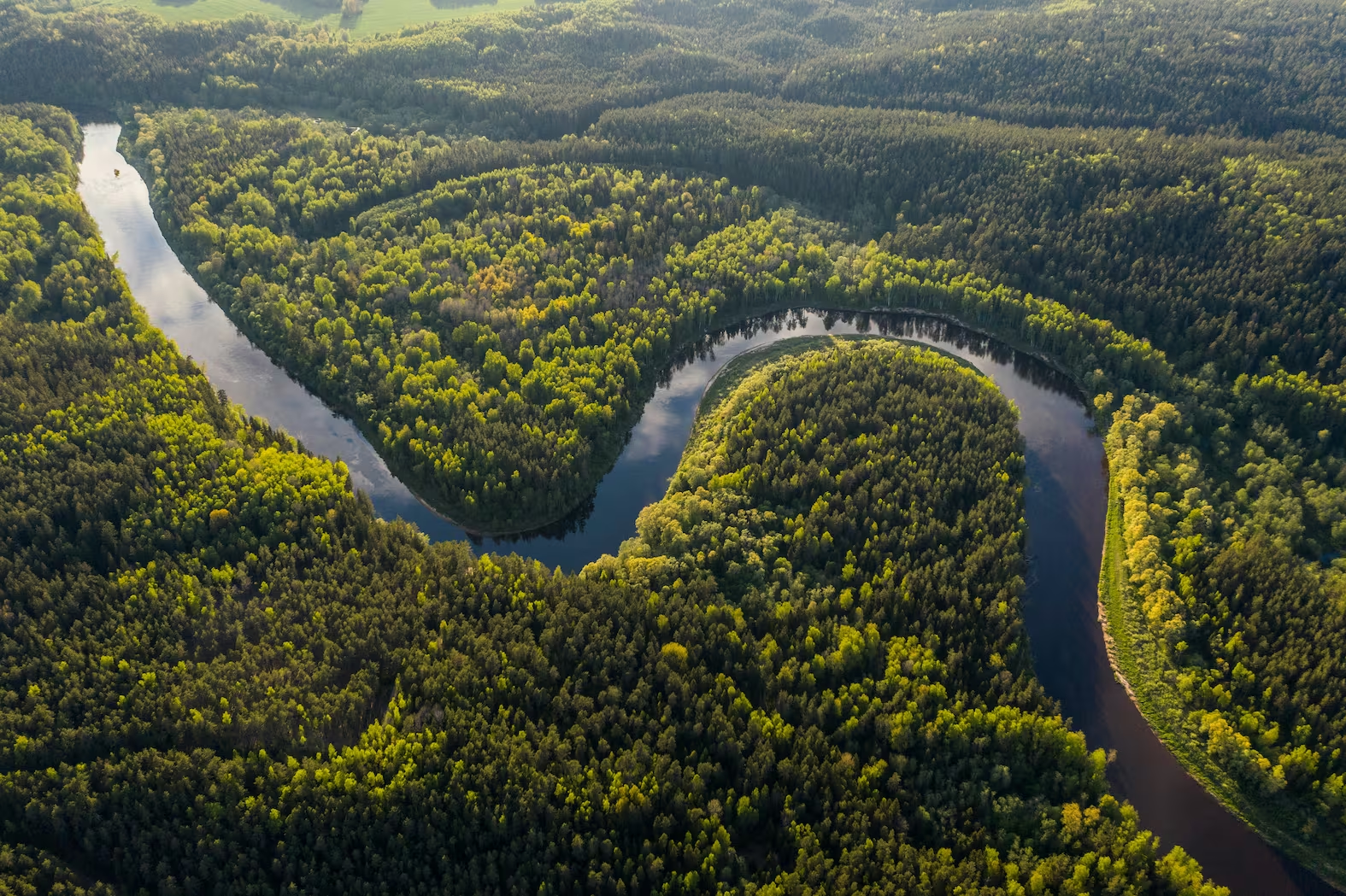
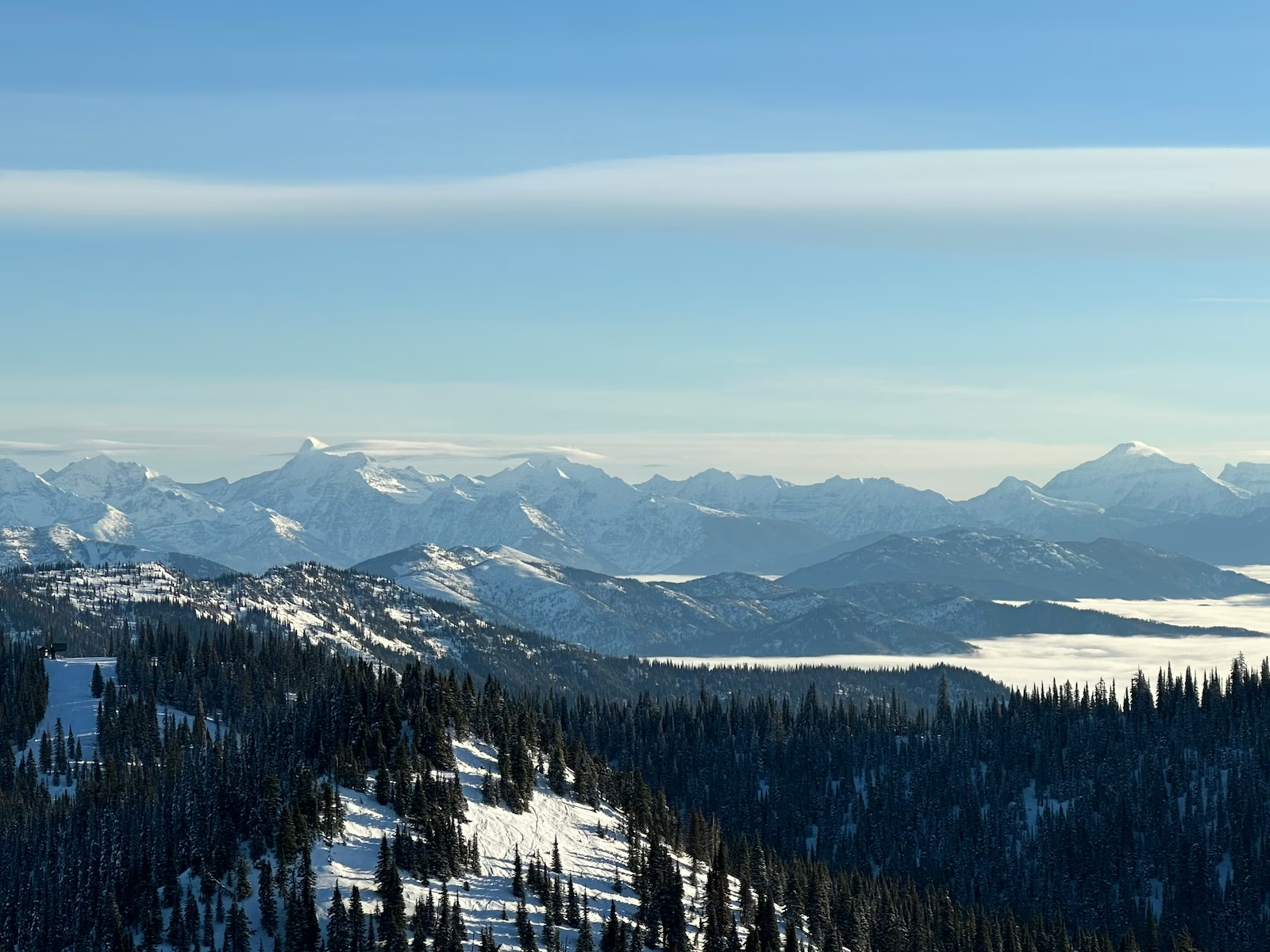
.jpg)
